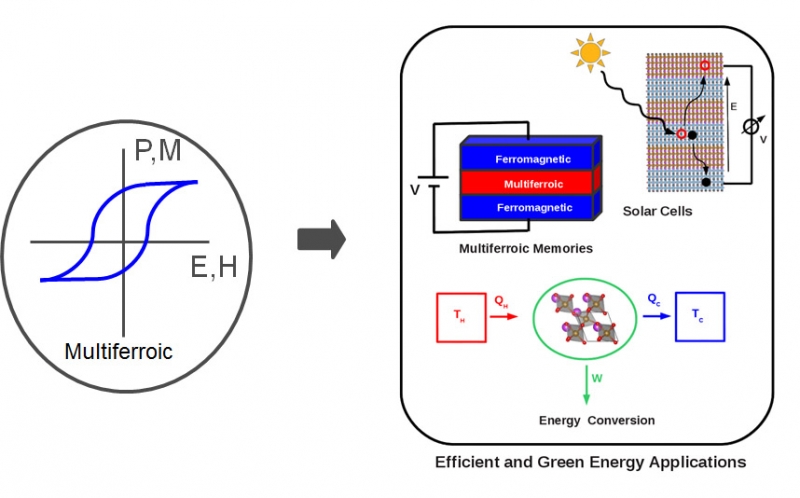
Next-generation electronics hinges on the development of new strategies for ultra large scale integration (ULSI) through sub-10nm engineering the electronic properties of semiconductors. The challenges of finding out how to do this in a way that is readily implemented with currently invested technologies and platforms and is suitably robust and fault tolerant are considerable.
Computational efforts based on first principle predictions of electronic properties, stability and dynamic behaviour of such nanostructures are critical to advancement of the materials discovery agenda. These efforts will be closely coupled with intimate synthetic manipulation of interfaces, as well as coupled characterization / manipulation with atom probes, where considerable strength exists at UNSW. Nanoparticle-based assembly to produce flexible LED systems for transparent displays represent another target of considerable interest to industry. Exploiting interfacial phenomena such as interfacial charge transfer to manipulate electronic properties of thin films or nanoparticles – thereby avoiding the need for impurity doping – offers possibilities of semiconductor materials that will transport charge carriers more efficiently with less heat dissipation, since impurity defects can act as scattering centres inhibiting such transport. This will be another target of the computational activities within the centre.
